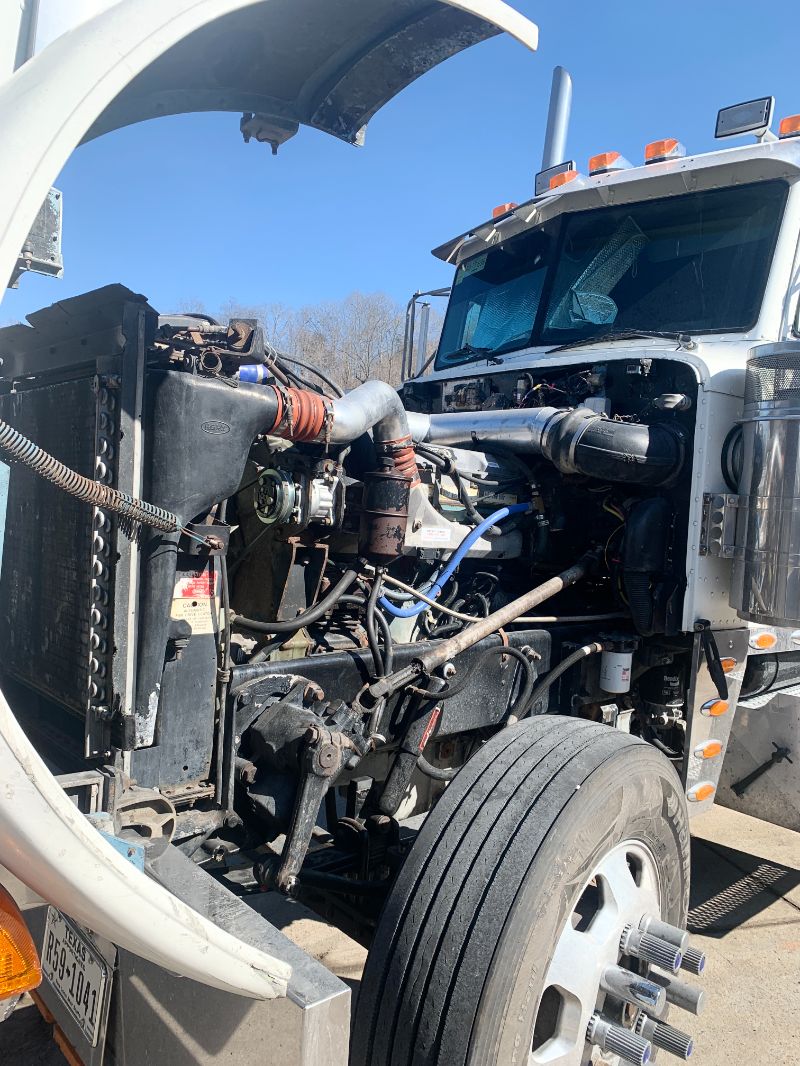From slick roads to strong winds and poor visibility during rainfall, truck drivers must know how to operate with care and confidence to ensure the safety of everyone on the road. Here are five suggestions to help you prepare for driving in the rain.
1. Understand weather
Thanks to technological advancements, it's simpler than ever for truck drivers to be prepared for what Mother Nature has in store. Drivers may use weather applications to evaluate routes quickly before leaving, allowing them to prepare appropriately. Weather notifications are also sent by specific GPS systems, which provide alternative ways so that vehicles may escape storms entirely.
Check the weather along your route. Weather predictions may be found online on the radio or on various weather apps. Pay special attention to the possibility of flash floods after heavy rains or when temperatures drop below freezing. It's possible that the rain from the day before froze overnight.
Check the Department of Transportation's maps for probable road closures due to floods. Avoid such regions by planning ahead of time. If predictions indicate that you may be exposed to inclement weather, consider your options. This is true in any weather, but an equipment malfunction might be significantly worse in bad weather, so be sure your vehicle and trailer are safe and in excellent working order. Tires are at their best when fully inflated; therefore, don't let the air out of them to increase grip on wet roads.
2. Prepare your vehicle
Perform a complete maintenance check before your next trucking operation to ensure your rig is mechanically sound and ready to handle any weather shocks. Pay special attention to your wipers, tires, brakes, and lights, and stock up on raincoats, boots, caps, and waterproof bags. Check the emergency kit to ensure nothing is missing, and bring along some extra food and drink.
Make sure you've brought appropriate protection gear for each season and the weather conditions you'll be traveling. While it may be 70 degrees and bright where you are, are you prepared for 35 degrees and heavy rain elsewhere? At the very least, bring a rain jacket and emergency supplies.
Before you start driving:
- Set your phone to "do not disturb" and place it out of reach from the driver's seat.
- Set up your GPS navigation.
- Place any drinks or food in a convenient location.
- Set yourself up to be able to concentrate fully on the road.
3. Take it easy & drive slowly
If you are caught in a rainstorm, slow down by at least five mph and increase speed gradually if necessary. Increase the gap between you and the vehicles in front of and behind you. For safety, experts suggest the following distance of at least 7 seconds.
While driving, you must keep the lights on. It's just as vital for other drivers to see you as it is for you to be able to see them and the road while driving in the rain, both at night and during the day.
Maintain a modest volume on your radio. You may listen to stations that broadcast weather updates to stay informed about current weather conditions without being sidetracked. The level must not be so high that you can't hear what's happening around you.
To avoid traction loss, accelerate or decelerate more slowly than usual. Heavy rain reduces traction fast. Did you know: 1/12 inch of water causes tires to displace a gallon of water each second!
4. Avoid driving through puddles
During a storm, you may come upon a submerged road. First and foremost, you have no idea how deep it is, and the road underneath may be partially washed away. Driving through could be taking a risk which might result in disastrous repercussions, such as a trailer being pulled away in floodwaters. A truck may be washed away by even a tiny quantity of running water. Turn back, leave, and contact your weather expert to locate a safer (drier) path.
5. Be mindful & make intelligent choices
It's natural to feel nervous while driving in the rain if you're not accustomed to it, particularly if you're caught in a sudden severe downpour. Don't be alarmed! Slow down gradually and keep your lights on (but not the hazards!). Always buckle up and remain in your lane. If you're feeling uneasy, pull over to the side of the road and wait for the storm to pass. Neither the cruise control nor the engine brake should be used.
When you use cruise control, you lose road feel and may not notice hydroplaning, and on wet and slick roads, your engine brake may cause traction loss. If the scenario makes you uncomfortable, get off the road safely (not on the shoulder, but in a safe parking lot) and take a break until the situation improves. Make sure everyone knows where you are and that you are parked securely.
Final words
Professional drivers may genuinely differentiate themselves from the rest of the pack by learning and using correct, preventive safety tactics for driving in bad weather. They are capable of making sound judgments and recognizing when situations are unsafe. They know when it's time to get off the road.
Driving in adverse weather, particularly in snow and ice, is dangerous because it necessitates longer "stop time," reduces vision, creates poor traction, and increases other drivers' unpredictability. These tips will help ensure your safety as you continue to drive your truck on the road.



